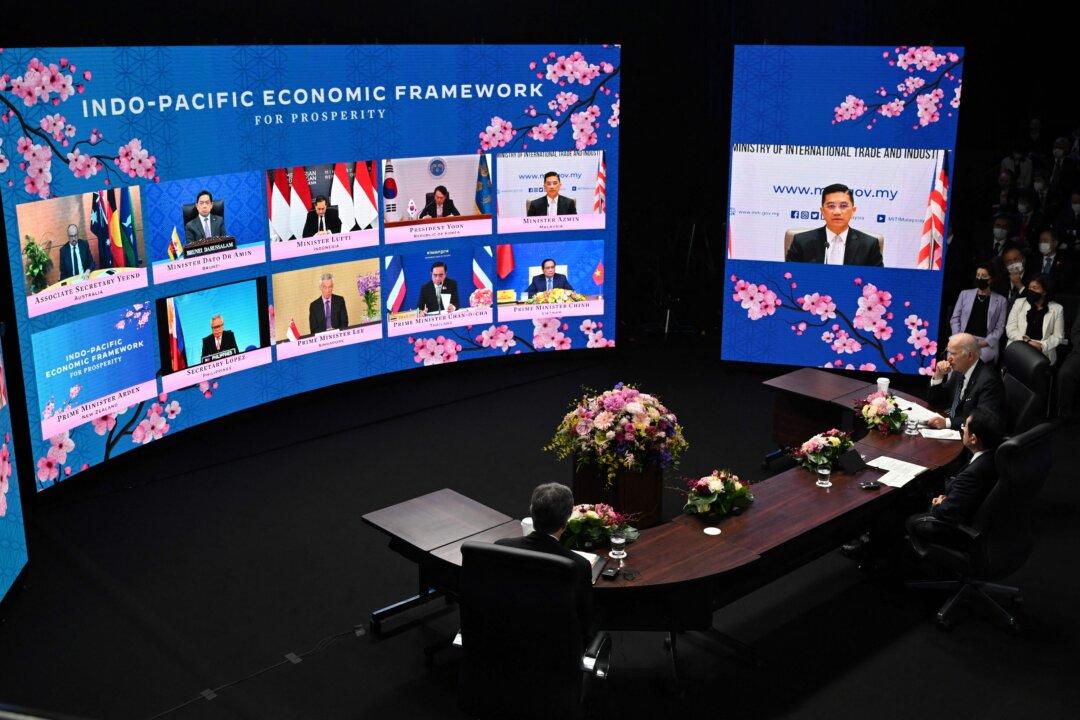Commentary
The Indo-Pacific Economic Framework is America’s way of “presenting Indo-Pacific countries an alternative to China’s approach,” said U.S. Secretary of Commerce Gina Raimondo, as reported by CNBC on May 25.

The Indo-Pacific Economic Framework is America’s way of “presenting Indo-Pacific countries an alternative to China’s approach,” said U.S. Secretary of Commerce Gina Raimondo, as reported by CNBC on May 25.